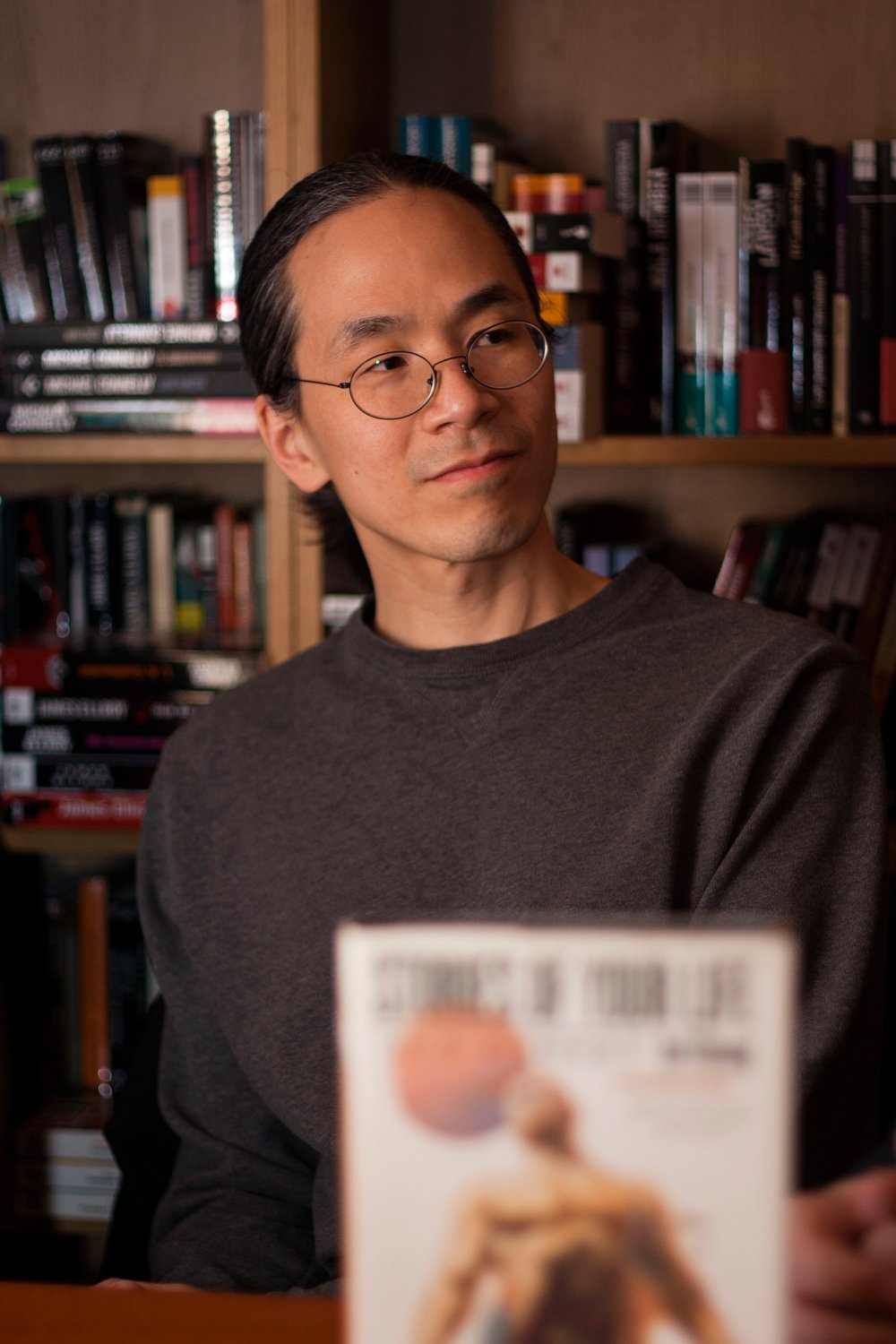



Like any good science-fiction story, Chiang illustrates the impact of his speculative concepts on human lives and interactions, as well as on the larger frameworks of society and culture. The novella focuses on Ana and Derek’s relationship with each other as well as with the digients they help design, train, raise, and later adopt, mainly focusing on three of them: Max, Marco, and Polo, though there are several other peripheral digient characters as well. “The Lifecycle of Software Objects” follows two characters, Ana Alvarado and Derek Brooks, employees of a software company called Blue Gamma, as they help develop and publicly release the company’s newest concept-virtual ‘pets’ called “digients,” who learn and develop unique personalities through emergent learning and interactive experience with their owners (online in a virtual world-space called “Data Earth,” and sometimes in the real world using separately sold robotic peripherals). This is an ambitious, moving work of scientific speculation and humanistic storytelling that makes it clear that Chiang, who has already written some of the most remarkable short stories and novellas of the past decade (“Tower of Babylon,” “Exhalation,” “The Merchant and the Alchemist’s Gate“), is one of the finest speculative fiction writers of his generation, and a talent to keep an eye out for.

A few pages later, you’ll have realized that you’re reading a seminal work of contemporary science-fiction, something precious and important and possibly destined for under-appreciation. A few paragraphs later, you’ll be interested. The first line won’t hook you-it sounds mundane, staid, simple. But it’s almost always the case with Chiang’s work (and Munro’s) that by the end of the piece, if the reader allows for an investment of time and intellectual effort, one comes away with a sense of astonishment at how complete, how dense, how intricately put-together and rewarding a fiction one has just read.Ĭhiang’s new novella, “The Lifecycle of Software Objects,” is no different. Ted Chiang is like the Alice Munro of speculative fiction his short stories and novellas often start out slow or unexciting, or take a few paragraphs or pages to really get into.


 0 kommentar(er)
0 kommentar(er)
